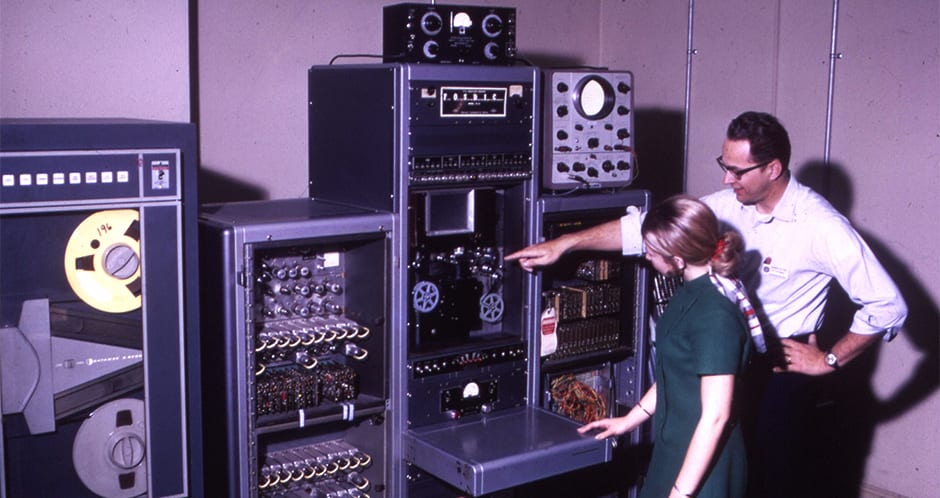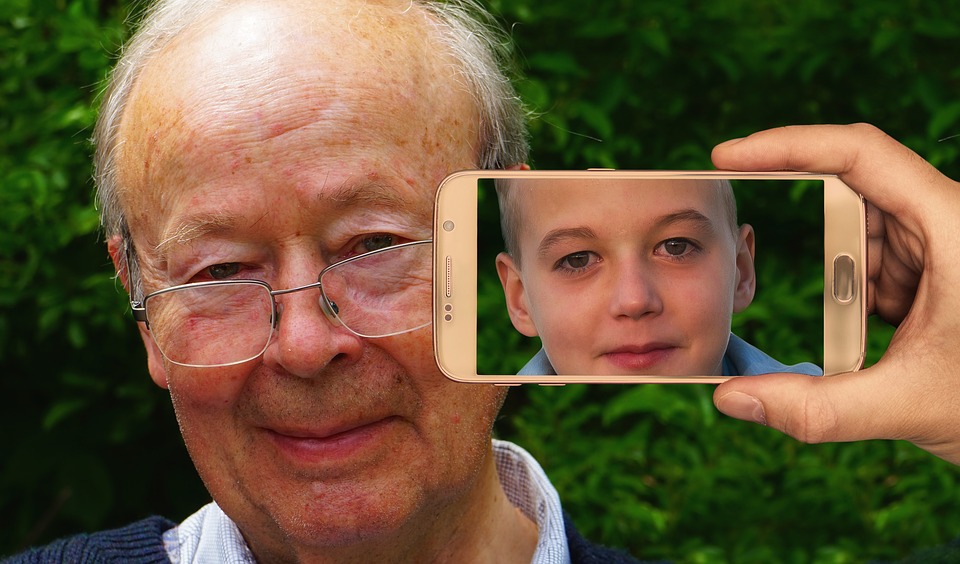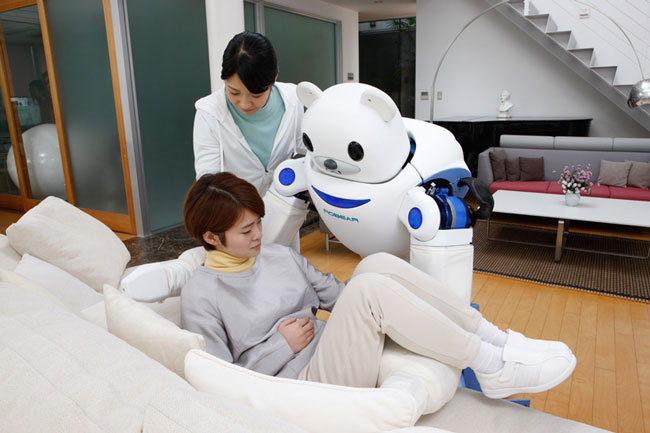
Technology is developing at a rapid rate and as a result, we’re seeing vast changes in the aged care industry. Not only is technology enabling elderly people to lead healthier and more independent lives, it is helping carers and medical professionals monitor their health, to ensure they get the help they need, when they need it.
With an ageing population, an increasing number of companies are focussing their attention towards developing technologies for this age group. Therefore, what we see today is just the beginning, with a wealth of developments yet to come.
Below are 12 valuable technologies to look out for, some of which are already available and others that are on their way:
The elderly can often feel isolated, lonely or bored. Devices such as mobiles and tablets can therefore make a huge difference. Video conferencing can help them stay in touch with friends and family, whilst these devices can also be used to listen to music, play games, learn and much more.
Wearable technology has many uses within aged care and can enable elderly people to live in their homes for longer, whilst giving loves one’s piece of mind that they are ok. One important use is to monitor movement. It can detect if a user has been immobile for a prolonged period and in this case, it will call emergency services. It can also remind wearers to take their medication and can easily be voice activated.

For those living at home, it can be a stressful experience having to travel into the hospital or doctors for regular health checks. However, there are now many health monitors available, which can take readings on a regular basis and then feed data into a central monitoring point. This can help in care homes too, as carers can carry on with their other duties and will be alerted as soon as any problems arise that need addressing, before they become serious. As technology develops even further, systems like this will become even more intuitive and will be able to predict issues even before they arise.
Although smart contact lenses aren’t quite ready yet, it’s something we’ll be seeing soon. These electronic lenses will be able to help monitor things such as glucose levels, with other researchers looking at ways they can monitor whether someone’s glaucoma is progressing.
Thousands of people fall and fracture their hips every year. To help, there are now insoles with sensors inbuilt. These measure weight distribution and can even stimulate the wearer’s foot if they become imbalanced. Data is fed back to a doctor, carer, or loved ones and will alert them in the event of a fall.
For some, taking medication can be the difference between life or death. However, it’s not always easy to remember whether they have been taken. However, smart pills, which have edible sensors inside, can now be taken at the same time as normal medication. Once ingested, they send information to a mobile device, making it easier to track medication usage. Similarly, there are even smart pill bottles, which can track how many times the lid has been removed and replaced, as well as how many tablets have been taken, transmitting this information to a mobile device.
Floor sensors are an extremely useful development for elderly people, both at home and in care homes. The sensors in these mats can track movements and alert carers or family of falls. This can help people get help much quicker, which can reduce pain and stress levels.
Although they’re not available yet, we may start to see medical tattoos appearing. These can help to deliver medicine at pre-set times or boost medicine as and when needed. This could be used for a range of medical conditions and can be tracked remotely by health professionals.
For the elderly, augmented reality can encourage them to stay physically and mentally active. However, for medical professionals, there are also a variety of uses. In the future for example, you may see nurses wearing a pair of glasses that can quickly recall someone’s medical notes. This can save time going backwards and forwards to the office, especially in a situation where important information is needed right away.
There are various devices connected to the Internet of Things that already help the elderly. For example, they can monitor where residents are, the temperature in their rooms, whether a kettle has been boiled that day, whether windows are locked, if lights have been switched on/off etc.
Something that is currently being tested is 3D printing of food. Although this may not sound appealing, many elderly people have difficulty eating hard foods, particularly those suffering from dysphagia. 3D printed food is often pureed, so it is easy to eat and can be made to look appetising. It can even be optimised to provide people with specific nutrients and portion sizes.

Robotics is a huge area under development and can have many benefits to aged care. For those still living at home, robots will be able to act as a companion, to prevent loneliness. However, with strides in artificial intelligence (AI), there’s much more they may be able to do, such as helping with the cleaning, finding lost items, fetching things, helping with exercise, even cooking, and reminding people to turn the oven off or lock the door. Robots will not only be able to take commands from touch-screens, but also through voice-recognition, making them even easier to use.
For carers, robots can help to lift patients out of bed or from a fall, and in the future, we’ll see more bionic robots which will be able to assist the elderly to walk and become much more mobile.
4.5